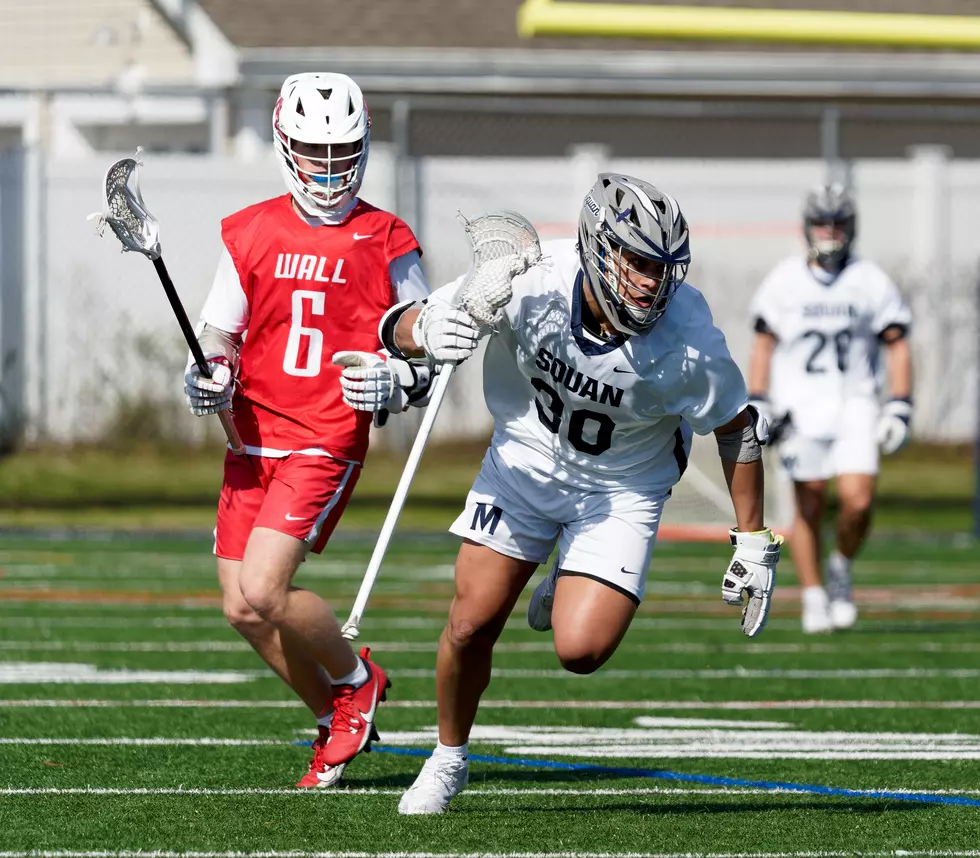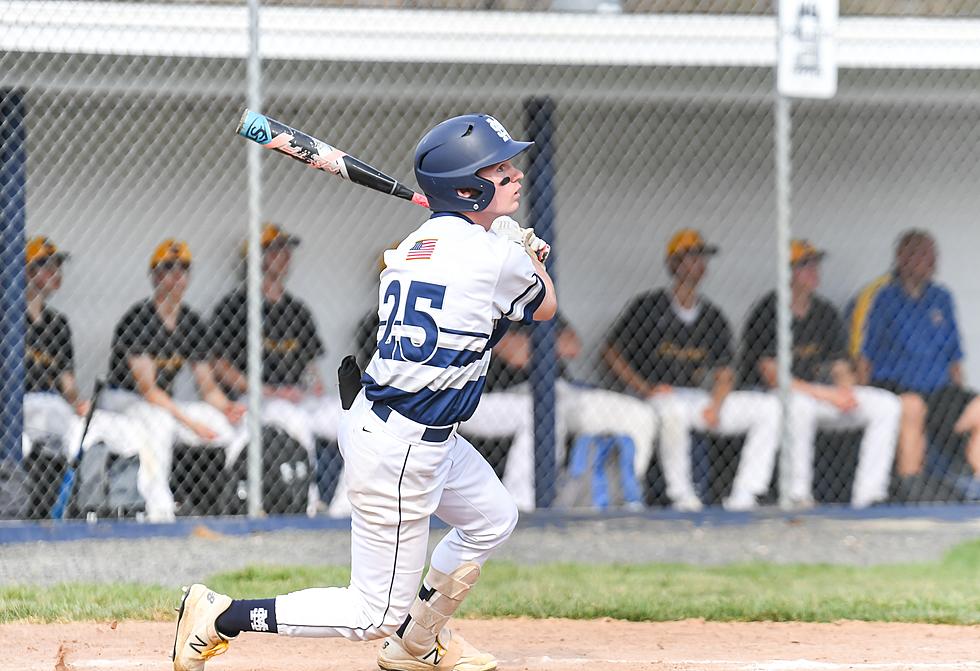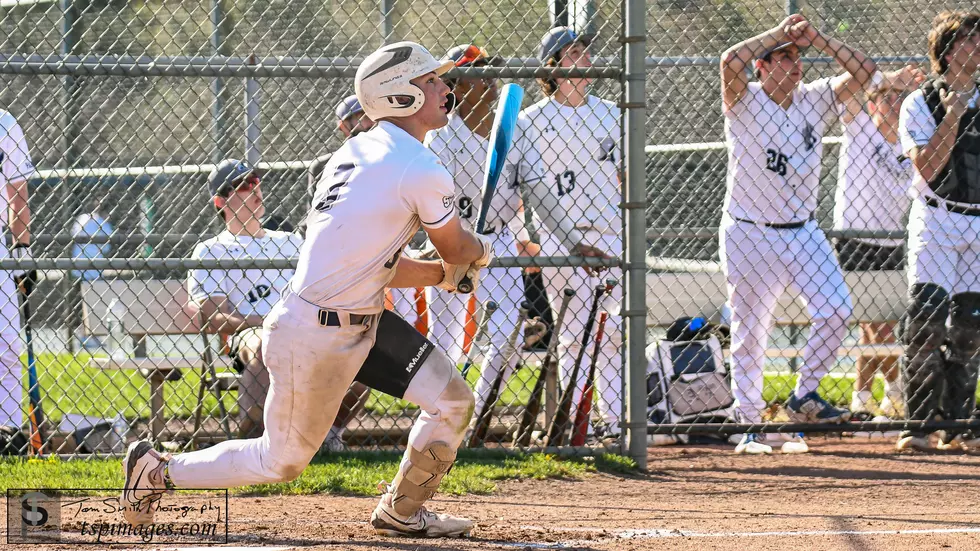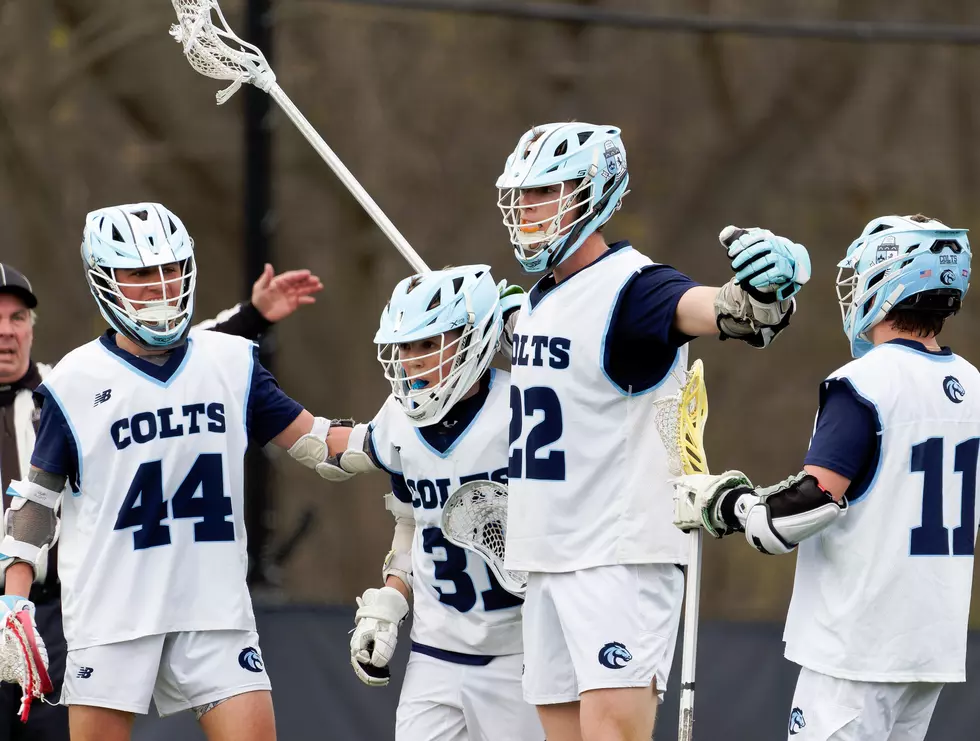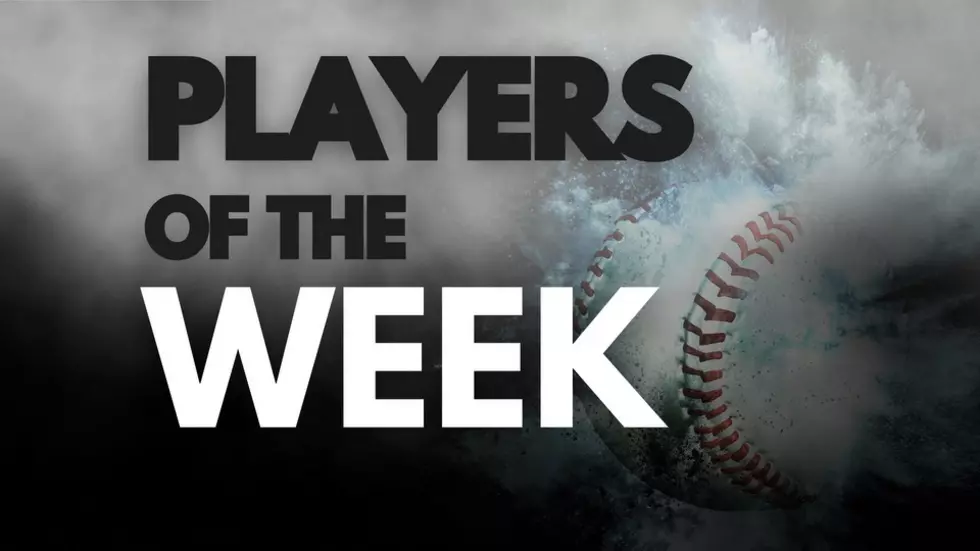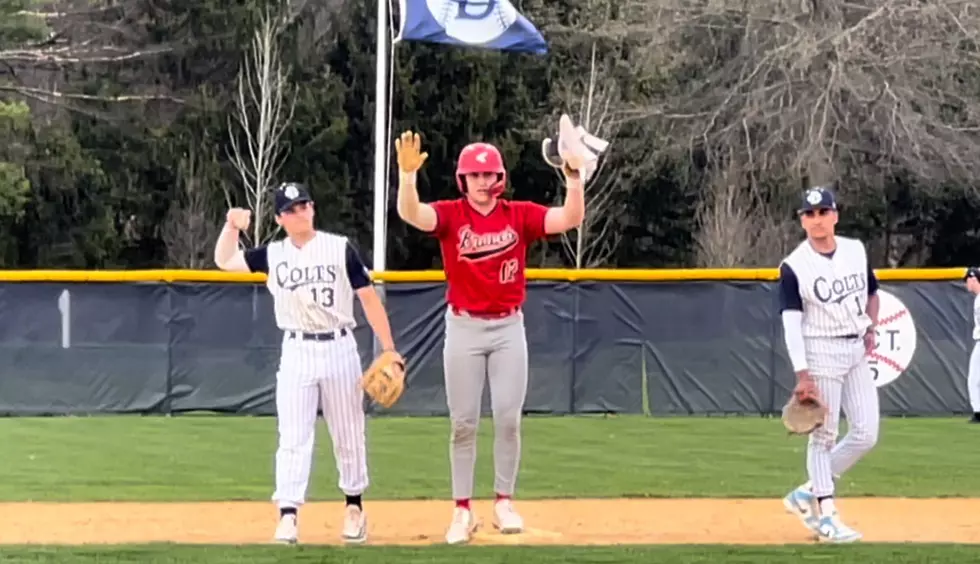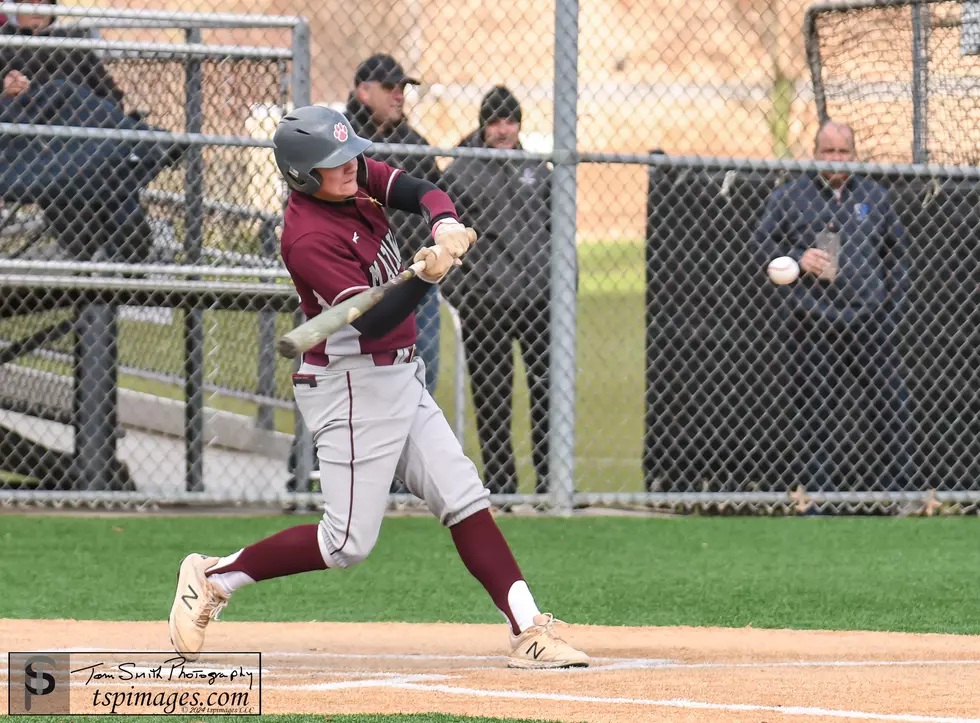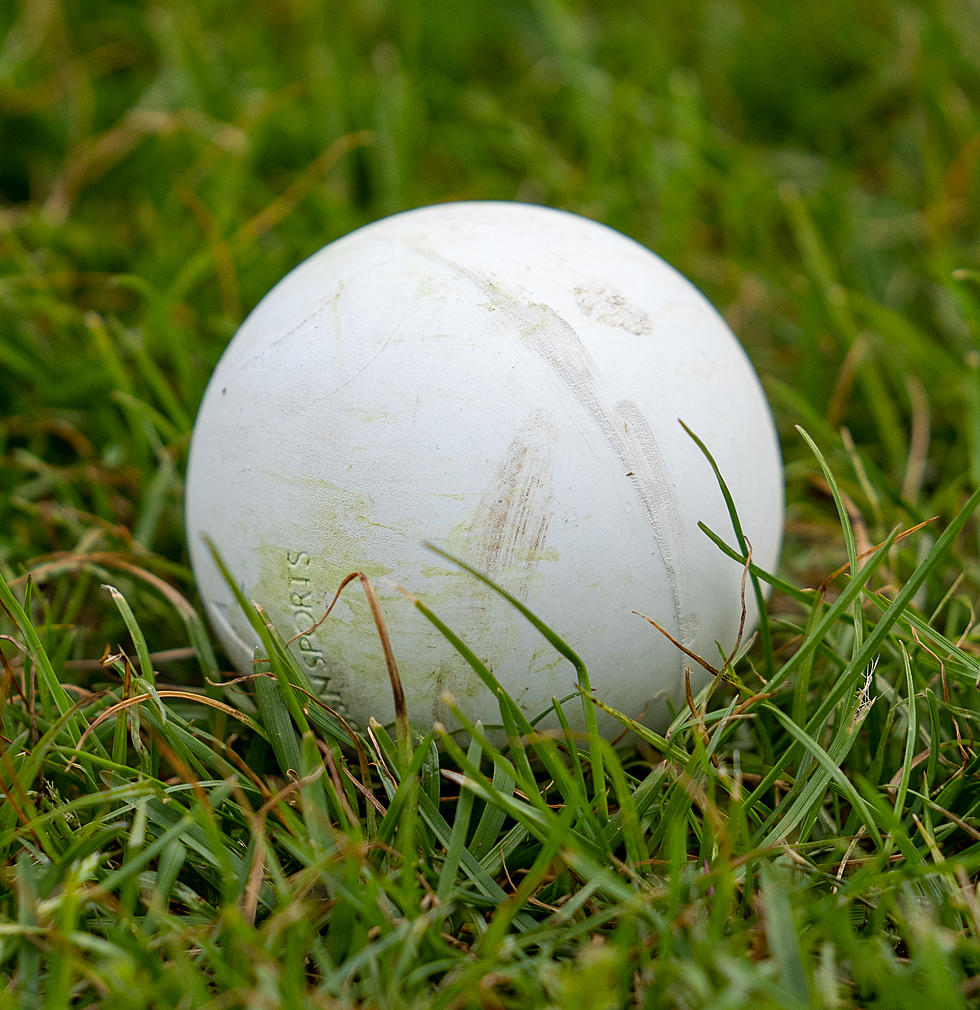
Top-Tier Teams Rely on Command Centers
Look around the upper echelon of teams in the Shore Conference right now, and you will see plenty of high-octane offenses that operate out of the shotgun in spread sets with dynamic players all over the field.
Whether it’s explosive Neptune quarterback Ajee Patterson, versatile Brick Memorial talent Mike Basile, a stable of Lacey playmakers, or a talented Toms River North group, several top teams have players who can score from anywhere. However, lost in all that are the players who keep the whole operation humming along without most fans even knowing their names – centers.
“Nobody says anything about the kicker until he misses a PAT, and no one says anything about the center until the ball is on the ground,’’ said Lacey offensive line coach John Tierney, who was an FCS All-American center at Towson University. “But if your center goes down, you better have three or four contingency plans, or your whole offense is in trouble.’’
A prime example is Toms River North, which was in a dogfight with Lacey in Week Two in a key Class A South game when starting center Nick Silva broke several bones in his leg in the first half while playing special teams. The Mariners threw a young and inexperienced backup into the fire, and the offense sputtered the rest of the way in a 37-20 loss to the Lions. Toms River North coach Chip LaBarca Jr. turned to senior Garrett Kroeger, a three-year starter on the defensive line, to stabilize the center position. Kroeger started at center as a junior, and since he has stepped in on offense, the Mariners have resumed their winning ways with two straight victories.
“I picked it up pretty quickly coming back from having played it last year,’’ Kroeger said. “(Center) is real important. We clinched a win this year because of a bad shotgun snap.’’
Toms River North, Lacey, Neptune, and Brick Memorial, which are ranked in the top seven of the All Shore Media Top 10, all routinely operate out of the shotgun in spread offenses. No. 9 Southern and No. 6 Rumson-Fair Haven also routinely employ it with a pair of returning seniors at quarterback. Even No. 8 Middletown South, traditionally an under-center team, mixes in shotgun and pistol looks.
Using the four teams from the top seven as an example, Toms River North is averaging 28.5 points per game after scoring at 25 last year, Brick Memorial has taken a quantum leap forward to 39 points per game compared to 19 last year, Lacey is buzz-sawing teams at 45 points per game compared to only 14 last year, and Neptune’s offense is scoring at a rate of 38 points per game despite graduating Offensive Player of the Year Jaheem Woods at quarterback along with several talented backs. All four of those teams have returning starters and seniors at center.
“It all starts with them,’’ said Neptune coach Mark Ciccotelli. “They make sure everything is good up front first.’’
Their experience is also important considering all four of those teams have a jet sweep series that relies on the snap to be timed perfectly with a fast player coming in motion across the formation. They want to make the play look exactly the same and run at the same speed as when the quarterback hands the ball to the runner in motion and when he doesn’t.
They want to make opponents to either be misaligned or take a false step in the wrong direction or freeze for that one second that might allow a speedburner like Basile or Toms River North’s Joey Fields or Neptune’s Keyshawn Rice or Lacey’s Christian Tutela to get to the edge on the perimeter for a big play. All four quarterbacks – Patterson, Toms River North’s Carmen Sclafani, Lacey’s Tom Kelly and Brick Memorial’s Ryan Cieplinski – are also dangerous runners. Opponents have to defend the whole field when those offenses are running in sync, and it also helps the offense often win the numbers game on the perimeter if the middle linebacker freezes because he is worried about a quarterback run up the middle.
“We got very good at that (jet sweep snap) over the summer,’’ said Lacey senior center Tyler Walsh, a two-year starter. “Tutela is also able to throw the ball out of that set like we showed against Toms River North (with a 62-yard touchdown pass). We’ve got athletes on our team, so we just need to get them the ball in the best spot.’’
“We work on that every practice,” Kroeger said. “Coach (LaBarca) will stand behind Carmen and if the snap is an inch off, he says to get it to the left or right or up or down to make it perfect.’’
“A lot of it is just chemistry with the quarterback,’’ said Neptune senior center Peter Askew, a two-year starter. “Ajee and I have played together for a long time, so I know exactly when he wants the ball.’’
The other thing these teams like to do to keep opponents off balance is to run the offense at warp speed. Brick Memorial installed the no-huddle this year, and Neptune and Toms River North also will employ the no-huddle.
“If we can get the ball and snap the ball before the defense is set, you’re done,’’ Askew said. “If we open creases up for the guys we have, it’s daylight every time.’’
However, running at that high pace means the center has less time to diagnose the defensive fronts and pressure packages before snapping the ball. That means film study is crucial to centers. It needs to be hard-wired into a center’s brain about what protections and blocking schemes to call with only a quick picture of the defense, and that is often before the defense starts moving around during the quarterback’s cadence. Coaches try to reduce the burden by keeping the playbook relatively simple.
“It definitely helps to know what fronts you’re going to go against so that it’s almost second-nature making the calls,’’ said Brick Memorial senior center Tom Sindel, a two-year starter. “You rep it all week, and it comes right to you. We’re fine with the no-huddle, but when they stem during our cadence, that’s a little more difficult, so sometimes you’re adjusting calls while the quarterback is in his cadence.’’
“(Neptune offensive line coach Mike) DeLucia, he was a center in college (at Rutgers), so he gives me little tips on everything, and we watch a lot of film,’’ Askew said. “When he tells me I did a pretty good job after a game, I feel real confident.’’
Teams walk a fine line between pushing the pace and going so fast that the center gets calls wrong and the quarterback gets drilled by unblocked blitzers.
“(Sindel) has to do it quick,’’ said Brick Memorial coach Walt Currie. “Sometimes our O-line guys are like, ‘Slow down a little bit and let us make our calls so that I don’t get Cieplinski killed.’ It’s a delicate balance. We want to run it at an up-tempo pace, but we don’t want to subtract from execution.’’
Communication between the center and his fellow linemen is also important in the pre-snap read. Often information diagnosed by a guard or tackle is relayed to the center to help make a key adjustment.
“This past week against (Toms River) South, they were moving people around like crazy before the snap,’’ Walsh said. “Our left guard, Chris D’Addario, picked up something that most young guards won’t pick up. He said they were stacking the left side, so we knew to both go to the left and ended up getting a touchdown from it. You have to have that communication down the line.’’
One way many teams try to disrupt the shotgun spread is by bringing pressure, often funneling linebackers through the ‘A’ gap or looping defensive linemen. That means the center has to concentrate on getting the snap right when he knows a wall of defenders might be about to crash into him. The smallest disruption in the snap can lead to a fumble or throw off the timing of the play, so the center has to be vigilant.
“That’s definitely true,’’ Sindel said. “Last week I was messing up the snap counts, and our production was limited. As soon as we got the plays read the right way, the Toms River East defense had no chance of stopping it. I’ve been trying to make sure (worrying about blitzers) doesn’t come into my head because I feel like that might pressure me to take attention off the snap. I might peek up at the linebackers, thinking about where they might come from, but if I don’t see them right away, my footwork is going to bring me to where I need to be.’’
“For us, teams want to get to Ajee,’’ Askew said. “Last week, Matawan was blitzing really heavy the whole time, so I had to be on my game.’’
A sign of the importance to centers for teams like the ones mentioned above is that they are often limited in the amount of reps they might get in a game on the defensive line for fear of injury or fatigue that might reduce their effectiveness on offense. Sindel, Walsh and Askew play limited snaps on defense. Out of necessity, Kroeger will be on the field most of the game because of his importance, but whenever LaBarca can get him rest, it’s always on defense instead of offense.
“We talk about it all the time,’’ Ciccotelli said. “(An injury to Askew) nearly happened in practice today, and I said, ‘Get him off the defense.’ He could be an All-Division defensive lineman, but we have enough quality guys there that we do our best to keep him out of there.’’
“I try to beg coach ‘Cicc’ to give me more reps on defense, but I understand where they are coming from,’’ Askew said.
The four teams mentioned mainly employ the “dead ball’’ snap, which is more like a knuckleball and easier to teach than the spiral snap seen in NFL games. Walsh also had to retrain himself at Lacey because the Lions operated under center last year before going back to the shotgun under new offensive play-caller Cory Davies, the architect of several record-breaking offenses at Howell. Reps with Kelly over the summer and 7-on-7 tournaments were crucial for Walsh to getting that timing down again.
When centers get in a groove with quality snaps, no one wants to bring it up for fear that it will be an immediate jinx that causes a bad one at an inopportune time late in the game.
“It’s like having a no-hitter going,’’ Ciccotelli said. “You don’t want to even talk about it.’’
The goal for the centers of these elite teams is to keep the machine running and remain anonymous for all the right reasons. If all goes well for the players from these high-octane units, the next time anyone calls their name will be to come up and get their championship ring.
More From Shore Sports Network
